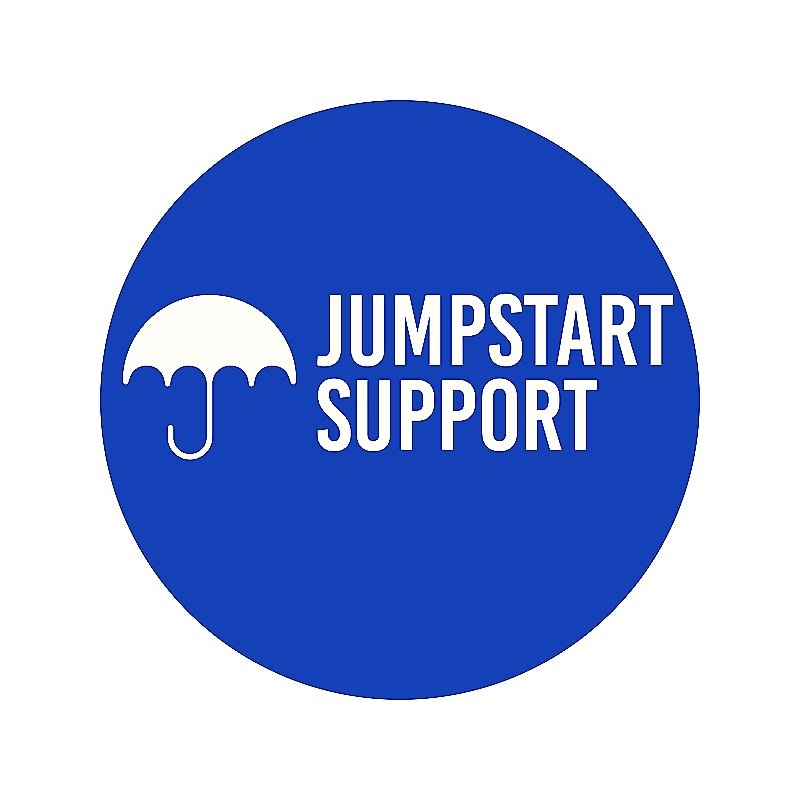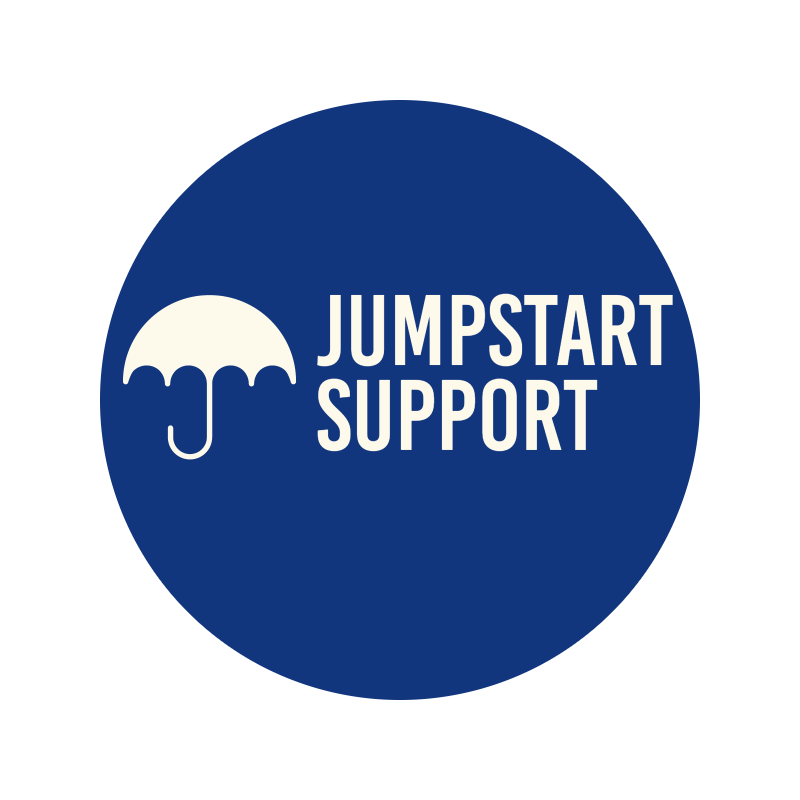Supporting Neurodivergent Employees from Recruitment to Onboarding
The modern workplace is a mosaic of unique individuals, reflecting the richness of human variation. Among this diversity, the concept of neurodiversity has emerged, championing a shift in mindset that sees neurological differences not as deficits, but as natural and valuable variances. This has profound implications for how recruitment and onboarding processes should be conducted in an inclusive and equitable manner.
In this comprehensive deep-dive, we'll explore every aspect of the employee life cycle for neurodiverse individuals, providing valuable insights for recruiters, HR professionals, and managers looking to create an environment where all talents can flourish. We’ll examine best practices, tools, and strategies that not only level the playing field during hiring but also set neurodiverse employees up for long-term success within the organisation.
Understanding Neurodiversity in the Workplace
Before we can discuss accommodating neurodiverse employees in recruitment and onboarding, it's important to understand what neurodiversity means and how it applies to the workplace. Neurodiversity encompasses individuals whose brains function in ways that diverge significantly from the dominant societal standards of 'normal.' These variances often include conditions such as autism, ADHD, dyslexia, and more.
Realising the Potential and Benefits
Neurodiverse individuals bring unique strengths to the workplace, including high levels of innovation, creativity, and the ability to perceive problems and solutions in novel ways. These qualities make them invaluable contributors to businesses seeking to adapt and grow in an increasingly complex and fast-changing world. Acknowledging and harnessing these strengths can lead to more vibrant and resilient teams.
Overcoming Recruitment Barriers for Neurodiverse Talent
Despite the clear benefits of hiring neurodiverse talent, the traditional recruitment process can be a significant barrier. Standardised procedures such as interviews and assessments often present challenges that disadvantage neurodiverse applicants.
Crafting Inclusive Job Descriptions and Ads
Sourcing and attracting neurodiverse applicants starts with inclusive job postings that avoid jargon and emphasise the essentials of the role. Employing language that minimises bias and ensuring job descriptions are clear and unambiguous can make all the difference in who applies.
Redefining the Interview Experience
Interviews are stressful for many, but they can be particularly overwhelming for individuals with sensory sensitivities or difficulties in social interactions. To combat this, employers can offer alternative interview formats such as work samples, virtual interviews, or relaxed, informal settings that allow candidates to shine with their capabilities rather than stumble on their challenges.
Implementing Tailored Assessment Tools
Standard cognitive and skills assessments may not accurately reflect the abilities of neurodiverse job seekers. Employers should explore tailored assessment tools that measure achievements and potential in a way that's fair and inclusive, such as strengths-based assessments and performance-based evaluations.
Building an Inclusive Workplace Culture
Once a neurodiverse talent is recruited, the next step is to cultivate an environment where they can thrive. Managers and HR professionals play a critical role in shaping culture and support mechanisms that foster inclusion.
The Role of Leadership and Management
Inclusive cultures are top-down initiatives. Leaders must demonstrate genuine commitment to supporting neurodiverse employees and championing the policies and practices that make this possible. Managers should be trained to recognize and respond to the needs of their team members with different neurological profiles.
Providing Training and Support
Beyond formal policies, investment in training and resources for current employees can empower them to be allies in creating a more inclusive workplace. Training sessions can cover topics like recognizing the strengths of neurodiverse colleagues, effective communication strategies, and the provision of reasonable accommodations.
Best Practices for Onboarding and Support
The onboarding process is an opportune time to set the stage for the successful integration of neurodiverse employees into the workplace. Here, attention to individual needs and clear communication is paramount.
Customising the Onboarding Journey
Every new hire benefits from custom-tailored onboarding, but for neurodiverse individuals, this is particularly crucial. Special attention to the sensory environment, the pace of learning, and providing on-the-job support can ease the transition and set the employee up for early success.
Ongoing Support and Accommodations
The need for accommodations doesn't end after onboarding. Regular check-ins and a clear process for requesting and providing accommodations ensure that neurodiverse employees can continue to perform at their best without undue stress or discomfort.
Case Studies and Examples of Successful Neurodiverse Hiring
The proof of the pudding, they say, is in the eating. Across various industries, pioneering organisations are leading by example in inclusivity and reaping the rewards from a neurodiverse workforce.
Lessons from the Trailblazers
By examining the experiences of companies that have successfully implemented neurodiverse hiring programs, we can draw inspiration and learning for our own efforts in creating an inclusive hiring culture.
Moving Forward: The Future of Neurodiversity in Recruitment
The conversation around neurodiversity in the workplace is just beginning, and there is much work to be done. Emerging technologies and changing attitudes offer a world of possibilities to continue improving inclusivity in hiring.
Innovating with Technology
Artificial intelligence and machine learning have the potential to both identify and remove biases in the recruitment process and to tailor experiences to the individual based on their unique profile. We explore how these technologies can be effectively deployed to further the cause of neurodiversity in hiring.
Calls to Action for Employers and the Wider Community
We conclude with a rallying cry for collective action. By working together, employers, HR professionals, and the wider community can create significant change in the inclusiveness of recruitment practices. Join the movement today to support neurodiverse talent and build a workplace reflective of the whole spectrum of human experience and ability.
Conclusion and Call to Action
The benefits of supporting neurodiversity in the workplace are clear, from increased innovation to a more engaged and varied workforce. By adopting the strategies outlined in this article, businesses can not only attract and retain top talent but also make a meaningful contribution to a more equitable and inclusive future for all. The time to act is now, and the steps you take today will define the workforce of tomorrow.

